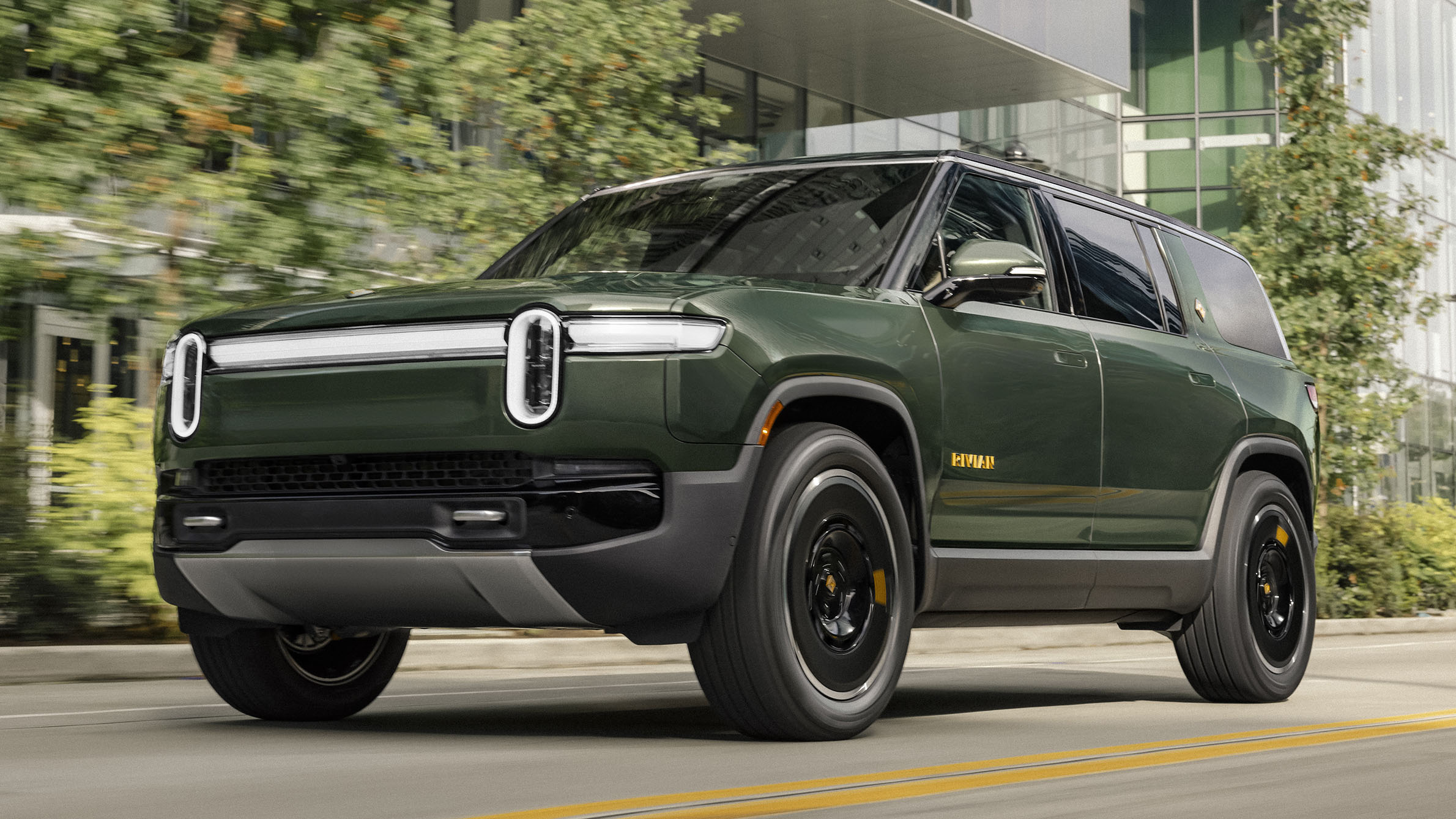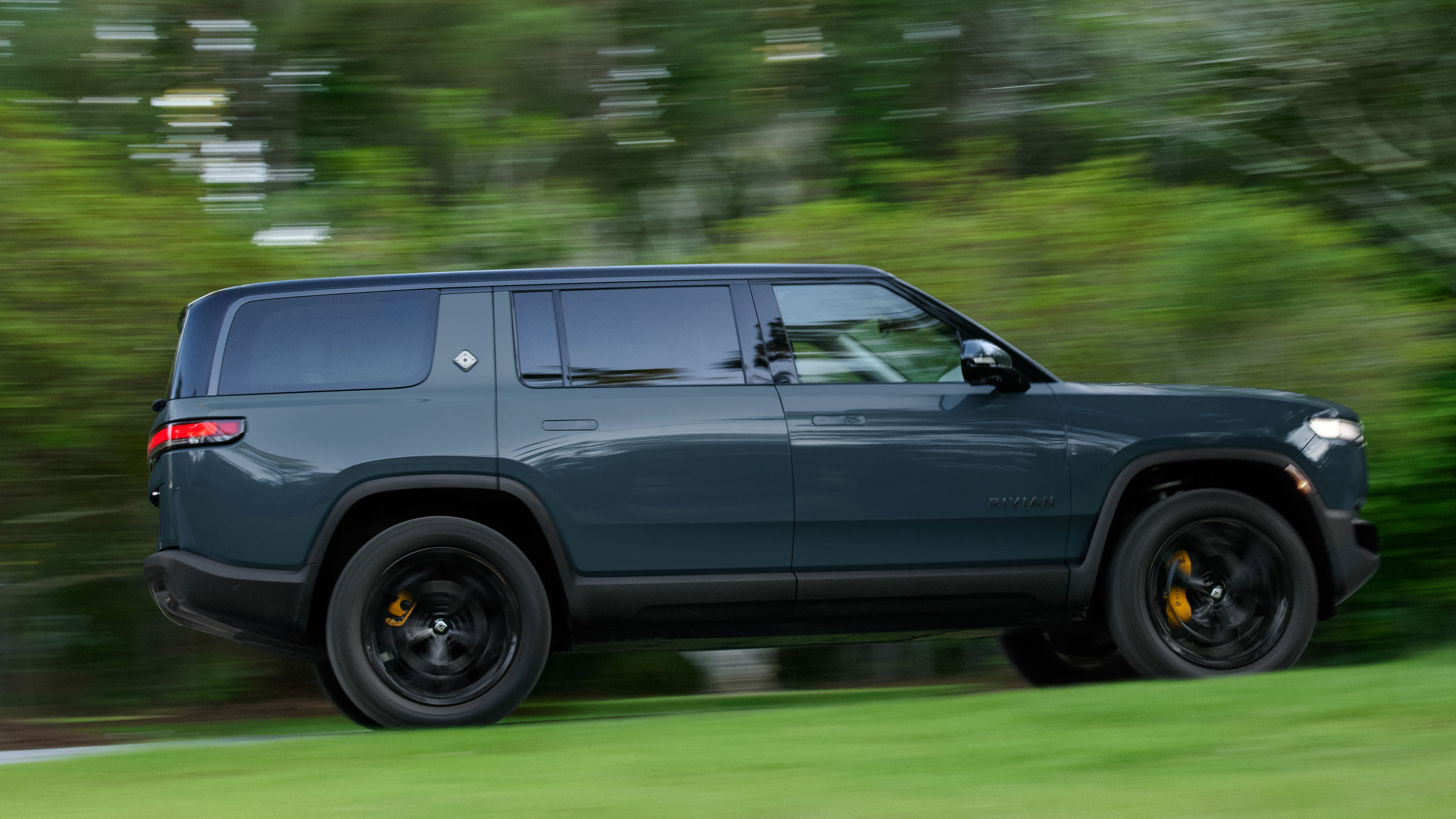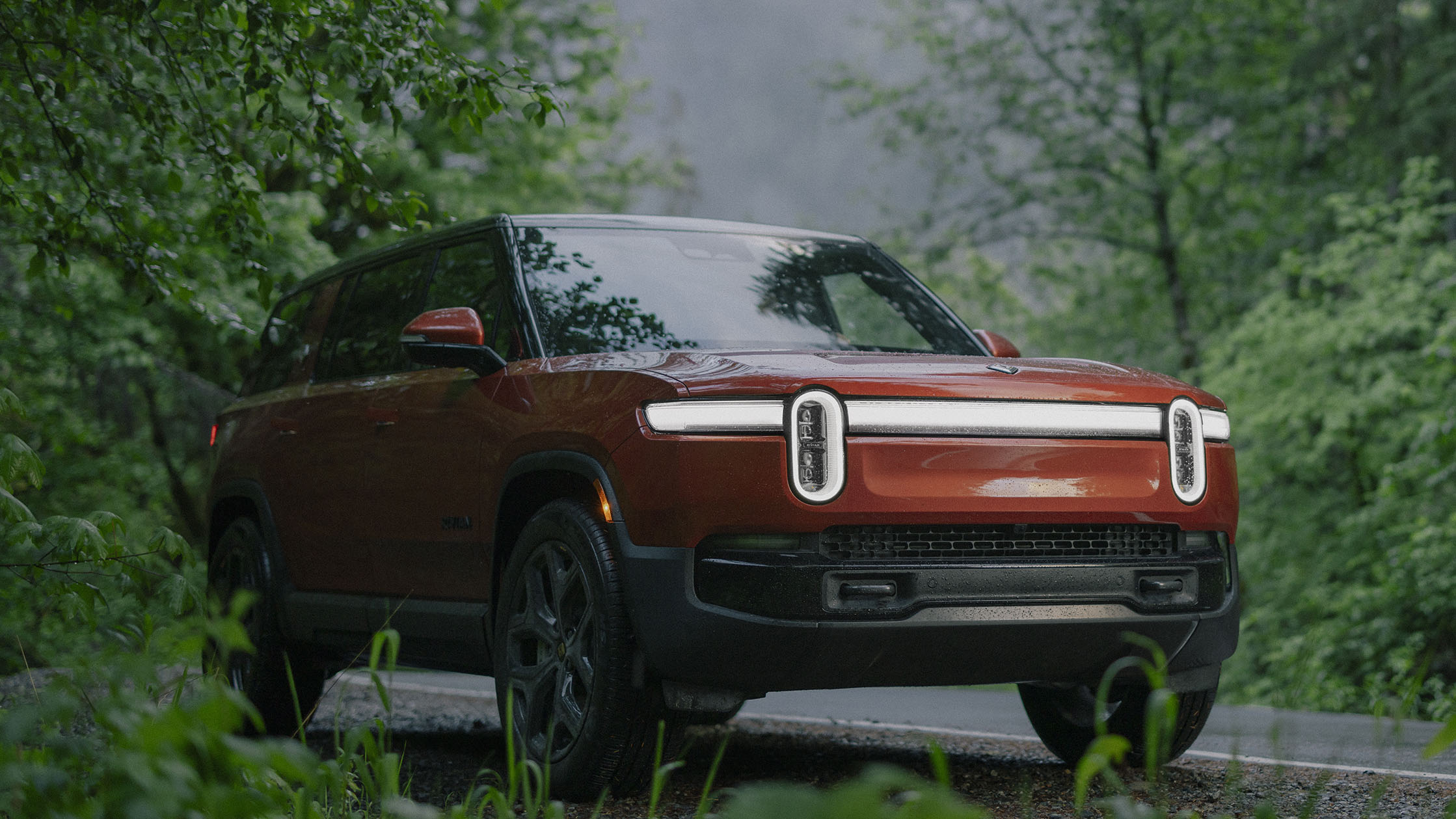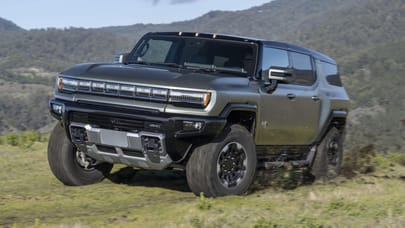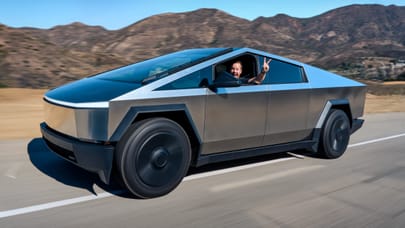
Rivian R1S (US) review
Good stuff
Sharp design, chock full of capability, plenty of utility
Bad stuff
Over-reliance on digital functions, strictly for big spenders
Overview
What is it?
It’s the Rivian R1S, the off-road-ready SUV from the young EV automaker. This is the updated model from the plucky startup, and as such, that meant ample opportunity to trim the fat at the manufacturing level.
A more streamlined assembly with fewer redundant parts makes the new R1S more mechanically and computationally efficient, easier to service and - for Rivian - cheaper to make. The result is a capable EV family hauler with loads of notable updates throughout.
Alright, so what’s new?
You ever get a second crack at something and end up re-doing basically everything? That’s pretty much the case here. You wouldn’t know just by looking at it, but Rivian’s gone in and re-engineered the SUV from inside out, ditching redundant hardware and ECUs, adding new battery packs for better range, updating the R1S’s cameras and sensors, and even adding a new power option. And that’s just the hardware.
More power then?
You bet, though mostly in the higher configs. To start, it should be noted that regardless of powertrain, all R1Ses are AWD. The base R1S retains its dual motor setup which produces 533hp and 610lb ft of torque, and the same goes for the performance dual motor, still delivering 665hp and 829lb ft.
Rivian’s most recent offering is a tri-motor setup, placing two motors on the rear axle and one up front, laying down 850hp and 1,102lb ft of torque, more powerful than the formerly superior quad motor setup. This is sub three-second 0-60 mph territory, by the way.
Lastly, Rivian’s Quad-motor isn’t going anywhere. This setup now puts out 1,025hp and 1,198 lb ft of torque. We’re now in power numbers so high they could reference Richard I’s battle with Philip Augustus at Gisors.
Sigh. So nerdy.
Oh we haven’t even started. Let’s talk about computers! The number of ECUs from the previous R1S has been reduced from 17 to just 7, freeing up a mile and a half’s worth of wiring. The new streamlined setup is more efficient, allowing for more computationally heavy systems like Rivian’s autonomy platform, which also gets some massive upgrades.
The autonomous functions now have ten times the computing power, supported by superior hardware like HD cameras with eight times the megapixels as before, and the latest radar emitters. This means the R1S can see farther ahead, can provide 360-degrees of awareness and now has high-res blind spot cameras that throw up a feed on the driver display when the turn signal is engaged.
All these systems allow for a robust hands-on drive assist mode that can facilitate automatic lane changes and assisted highway driving, while remaining open to future functions via upgrade. For entertainment and convenience purposes, there’s integrated Apple Music that jives with the R1S’s spatial audio provided by the Dolby Atmos sound system.
What rivals ruffle Rivian?
The R1S is in a unique position that there are few direct challengers to its territory, specifically, all-electric off-road luxury, though it’s just a matter of time before that changes. Indeed, Jeep’s Wagoneer S EV purports to be the biggest threat to the R1S when it comes to venturing beyond the pavement.
On the road, there’s a number of challengers for EV luxury people-hauling such as the Tesla Model X, Cadillac’s Lyriq, and the Volvo EX90.
What's the verdict?
The Rivian R1S is an astonishing vehicle if you keep in mind that it’s the more refined second go of a product from an EV startup, the kind of company that rarely produces a successful first one. In a vacuum, the R1S is more than capable of putting competitors, legacy automakers or otherwise, on edge.
Built from the start with a focus on off-roading, the R1S is fully capable of satisfying most granola-fueled adventures off the beaten path, with a multitude of drive modes that feel distinct from one another to provide the ideal behavior for a given situation, even if it’s just horsing around.
And on the road the improvements to the R1S are palpable, a relief to upgrading early adopters and a boon to newcomers. Along with that comes a number of thoughtful details and conveniences for just about every situation, be it casual commuting, trailer-dragging or spending the weekend out in the rough.
Touchscreen aside, it’s the rugged, tech-forward off-roading EV disruptor we've all been waiting for.




